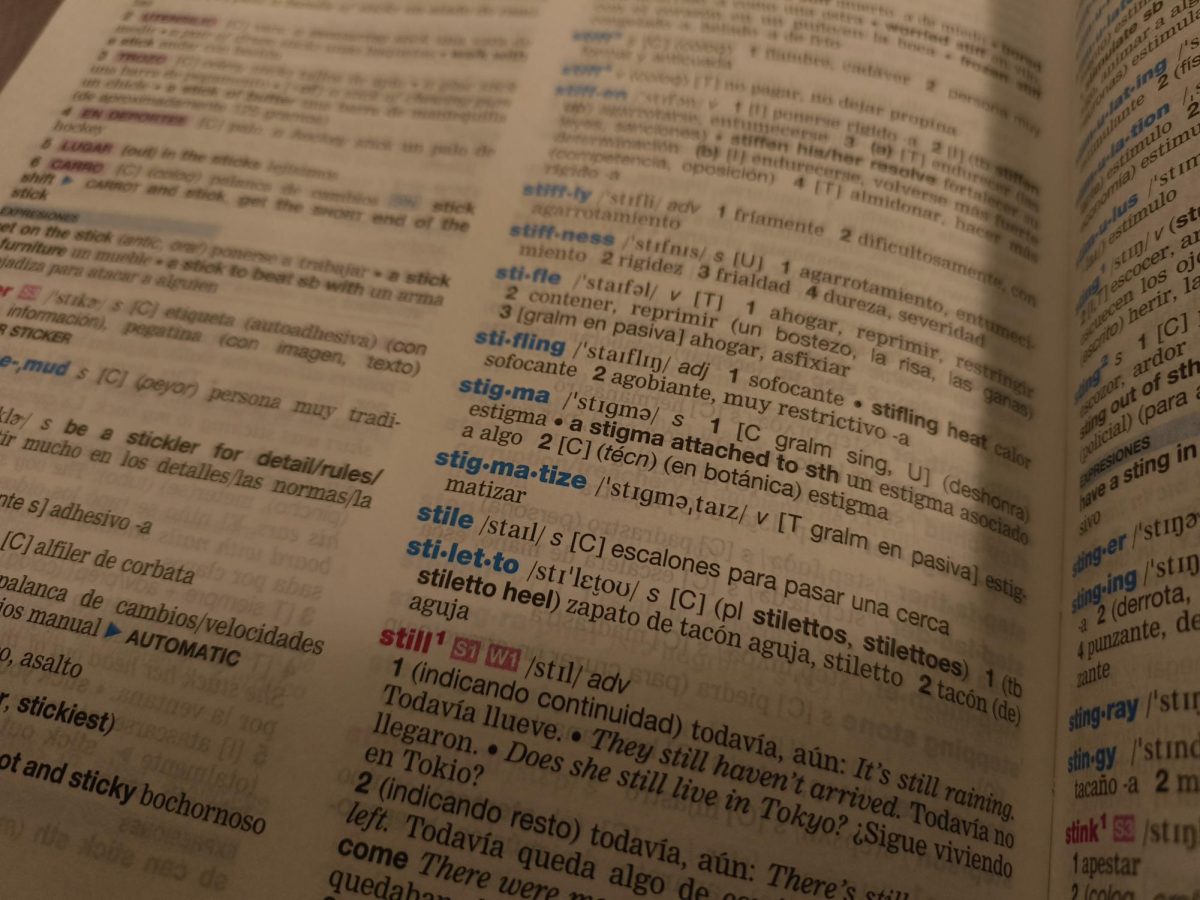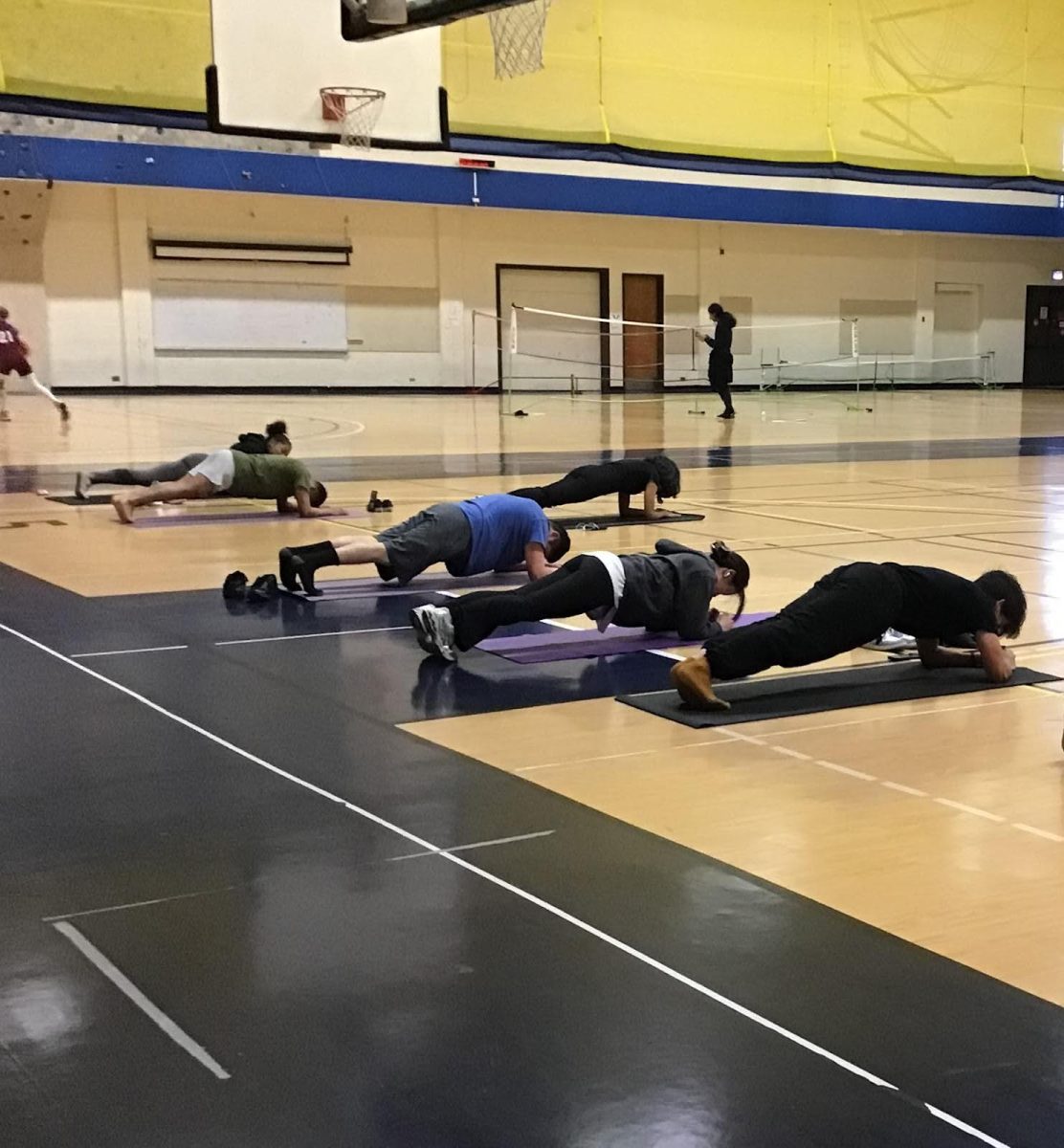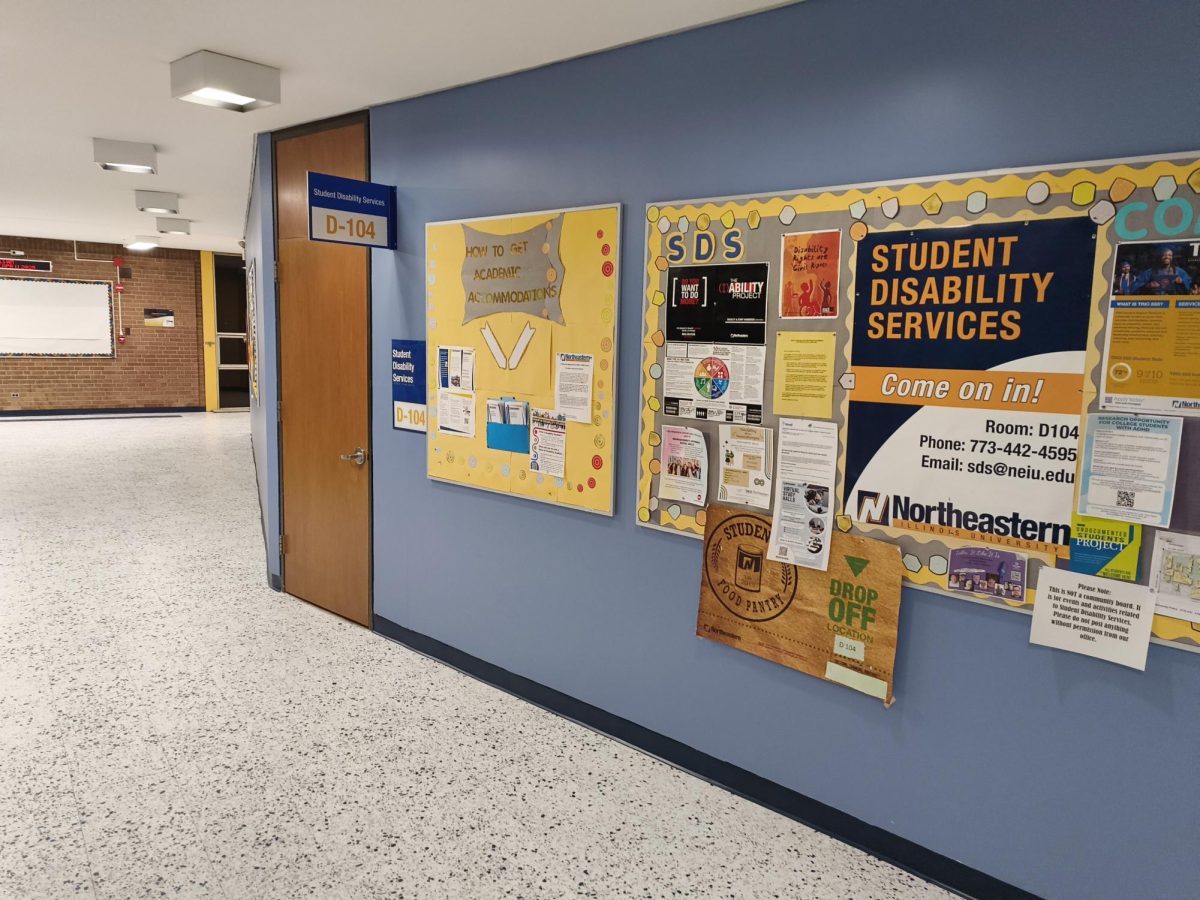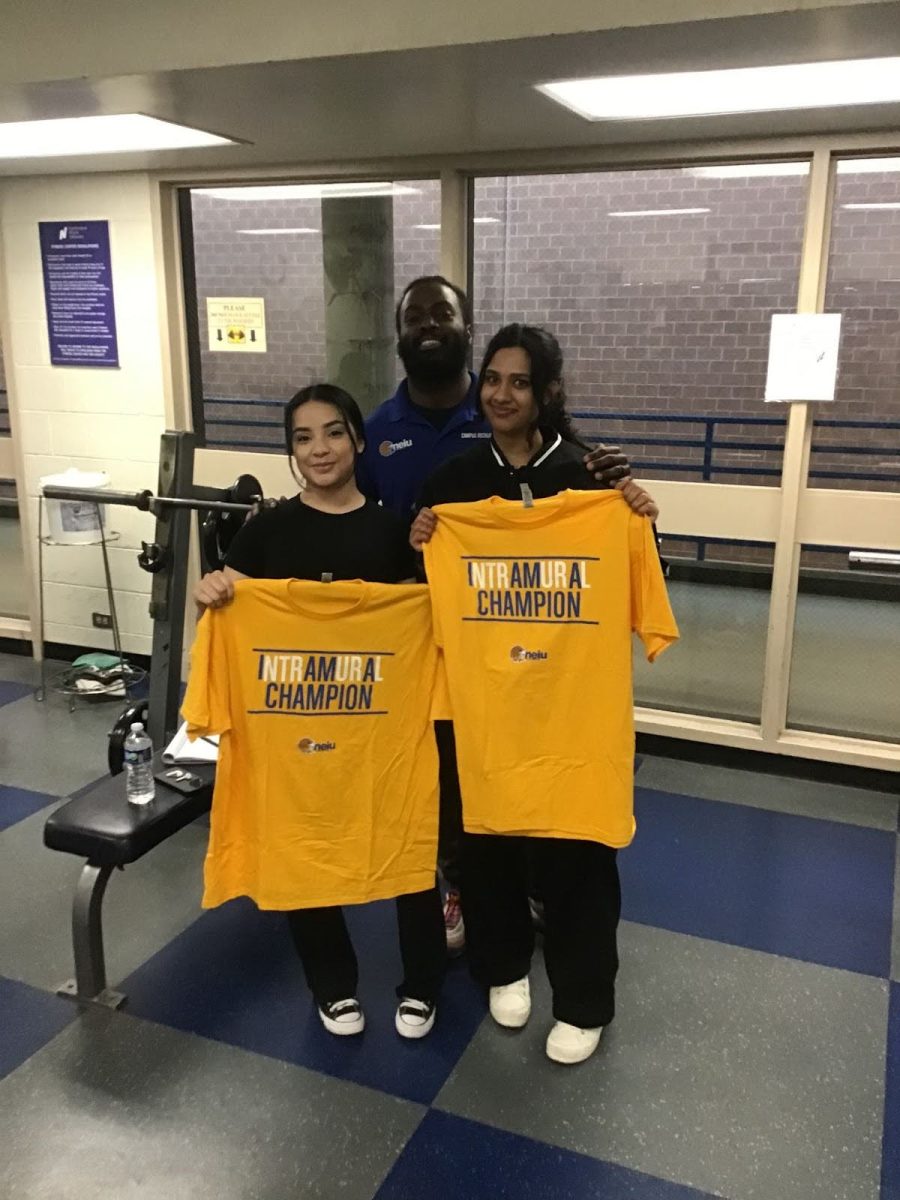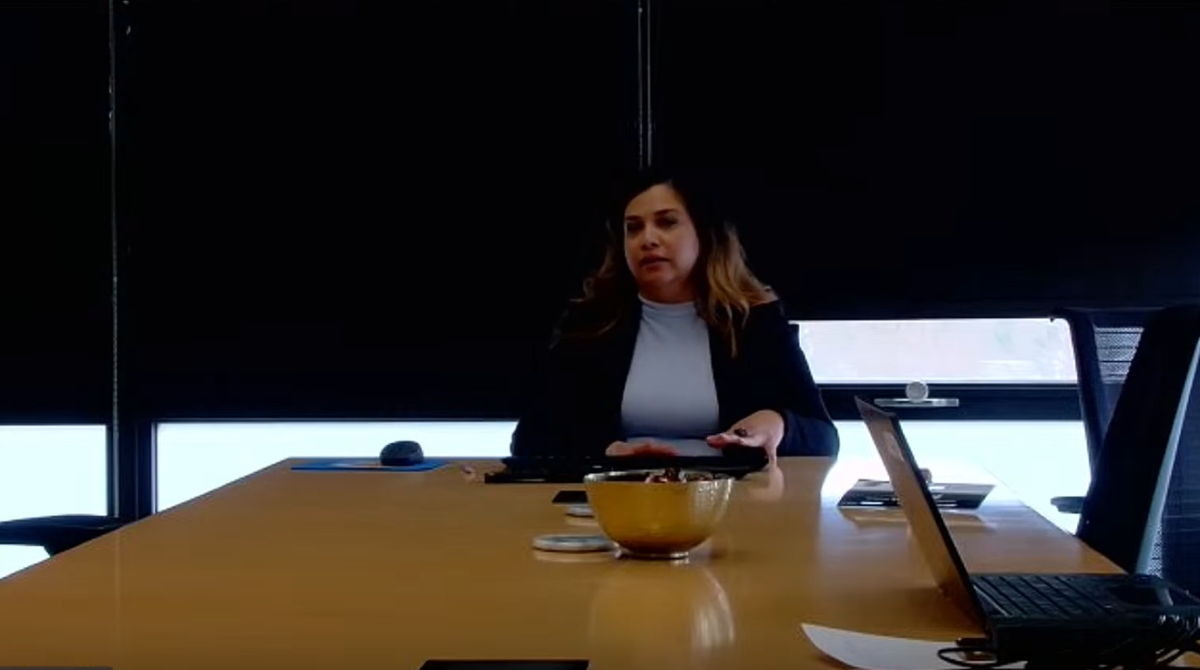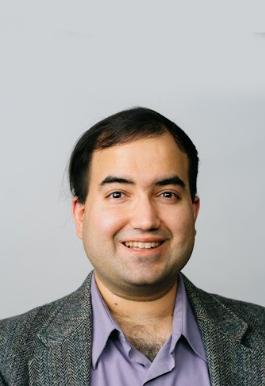Effective health communication plays a powerful role in ensuring clear understanding and reducing the risk of misunderstandings between healthcare providers and clients. One approach is called Person-centered language, which aims to prioritize the individual’s humanity over their condition or circumstances, reducing stigma and promoting empathy.
Misunderstandings may occur if incorrect terminology is used. For instance, using the term “overdose” to describe substance-related injuries and deaths may imply personal responsibility, whereas the term “substance poisoning” highlights the involvement of dangerous drug distribution.
Aidon Perera, Health Education Coordinator, emphasizes the importance of shifting from stigmatizing terminology to more compassionate framing. For instance, he advocates for replacing the term “overdose” with “substance poisoning,” which redirects blame from individuals to the perpetrators who distribute drugs and recognizes the often unintentional nature of these incidents.
“The word ‘overdose’ can make people think or say things along the lines of ‘well they were using drugs already’ [and] ‘they shouldn’t have been doing that,’” Perera said. Thus, it makes logical sense to blame the perpetrator. It would also be empowering to call victims of poisoning as survivors of poisoning as long as they are still living. In the context of cancer, this “survivor” terminology is already being used for those individuals who had successfully fought cancer.
This shift in framing is not limited to substance use but applies across multiple health contexts, such as “person experiencing homelessness” or “person with a mental health challenge” as Perera emphasizes.
The Independent gathered information from Kim Tasigchana, Family Nurse Practitioner, for a deeper understanding of more beneficial and helpful health terminology and communication tactics when it comes to sexual assault. “I used to be a rape victim advocate, but now it’s changed,” Tasigchana said. “Now, it’s called resilience [advocate]. But it took 30 years for the name to change.”
Furthermore, instead of referring to individuals as victims of rape, it would be far more proactive to call them survivors of resilience. Tasigchana agreed by saying, “I think that if we use it more consistently,” continuing, “I think it’ll just become more of just like a habit.”
The impact of language extends beyond individual interactions to address systemic oppression. Perera notes that current communication challenges are rooted in historical issues. “We’re still trying to get over all the effects of colonization and slavery and all those things that are still to this day causing so much disadvantage and so much oppression,” Perera said. He believes that seemingly small linguistic choices can create space for broader societal changes and help combat stigma attached to marginalized identities.
To promote more empathetic and understanding language, Perera suggests several strategies for health educators and professionals. These include modeling inclusive language, gently intervening when harmful terminology is used, recognizing that most people don’t intentionally use stigmatizing language, and remaining open to learning and improving one’s own language use.
Person-centered language is a concept that can elevate and enable individuals more by putting emphasis on the person instead of disabilities, such as people with mental health challenges, rather than saying mentally ill people. “I keep telling people the world is your oyster, [and] you don’t have to be limited to anything whether you have depression, anxiety [or] OCD,” Tasigchana agreed. “You can still do so much in your own life.”
Perera acknowledges that this is an ongoing process of improvement and learning. He emphasizes that making mistakes is part of the journey, stating, “We’re always going to keep making mistakes and keep learning…. The only bad thing is to refuse to improve.” This perspective encourages continuous growth and adaptation in health communication, fostering a more empathetic and understanding healthcare environment.
Framing language inadequately, using depersonalizing language and labeling individuals can definitely be stigmatizing to the individual being referred to. “I don’t like labeling things because in some instances people become that label,” Tasigchana said. “I feel like we can get away with those stigmas, and it’s going to take a while though because medicine has named these things.”
“I do have a nephew who was diagnosed with autism. I don’t limit him, [and] he just found out he had autism and [for] his whole life we treated him like there’s nothing wrong,” Tasigchana said. “So now he’s doing all these things so that he can go study abroad, which is what makes me happy for him because he’s doing this on his own.”
Tasigchana shared her own childhood experiences of labeling and artificial limitations. “I was always running and running, and I love to run but then there would become a time where my asthma kicked in. I would take a minute, but then I go and run again,” Tasigchana said. “But had my mom told me ‘no you can’t do it’; that’s a limitation on you and to me.” Asthma implied athletic limitations. In other words, with Tasigchana’s personal example, the labels allow individuals to feel inadequate for life activities. Without labels, such as Tasigchana’s nephew, people may be more likely to push themselves and do more in life.
In another but related direction, “We cannot have bad intentions, and we can misuse the incorrect pronouns in someone,” Perera said. “And they can correct us and we can say ‘oh I’m sorry, I’m going to start saying it right from now on.’” Accidentally using a wrong pronoun happens sometimes, but as long as individuals try to remember and correct the error in subsequent statements, they are doing the right thing. “It’s okay to make those mistakes [and] it’s okay to be corrected, but what I’m trying to get to is [that] most of us are good people,” Perera said.
“[Let’s say] you get a job as say a Dean or a director or a vice president or something and you’re overseeing a lot more people and spreading that harmful behavior amongst [them], that is a problem,” Perera said.
With the responsibility and accountability of a promoted position, one must be much more understanding and compassionate in order to avoid a toxic work or study environment. “The problem is when I correct you on my pronouns, and you keep using the incorrect pronouns, and everybody else is okay with that, and nobody does anything about it,” Perera said.
When a mistake is made in language framing, identity-first language, labeling or pronouns, “The correct thing to say is okay ‘I’m sorry, I’m going to adjust, [and] I understand where you’re coming from,’” Perera said. “And be less harmful with our language to people.”
“We’re always going to keep making mistakes and keep learning and that’s just the nature of humanity,” Perera said. “We’re just going to keep improving again and again, but the only bad thing is to refuse to improve because you’re stubborn.”
Framing language is important in such vital health-related and medical contexts. The language that individuals use has a great deal of power, and certain words may lower the playing field for certain individuals. In order to have greater equity in society, individuals must understand the choice of their words by pausing for a moment to think about how to reframe.
As healthcare continues to evolve, so too must the language used to discuss it. This shift in terminology represents more than just semantic change—it is a step towards a more compassionate and understanding healthcare environment. By carefully selecting terminology that recognizes individual dignity, healthcare professionals can create spaces of understanding, support and genuine human connection.



